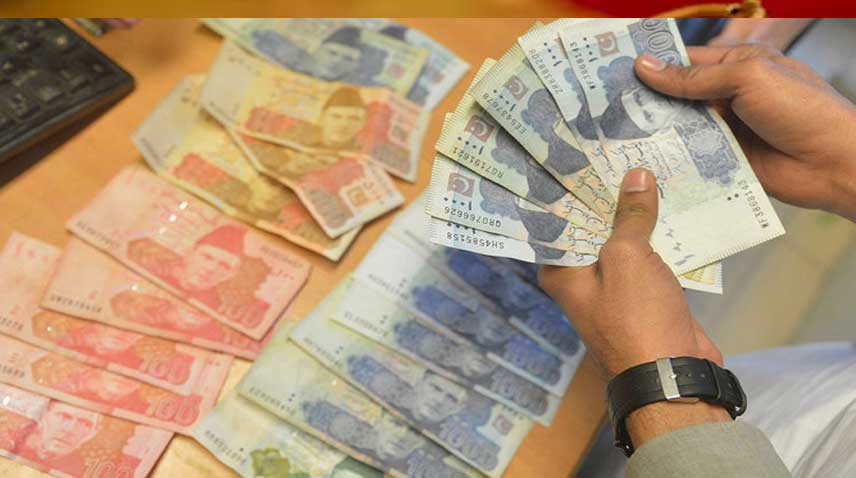
The plan was discussed during a meeting of the Senate Standing Committee on Finance and Revenue chaired by Senator Saleem Mandviwalla.
“The Committee reviewed issues regarding digital and plastic currency. Governor State Bank Jameel Ahmed reported that new currency notes are being developed and that the life span of plastic notes is under evaluation,” a statement said.
Released after the Senate body’s meeting, the statement added, “It was briefed that State Bank will internally finalize the prerequisites of introducing new currency notes by December,” the statement added.
The SBP source said the plastic currency would be tested and issued based on public acceptance. He added that the proposed currency notes would include enhanced security features.
Polymer banknotes are banknotes made from a synthetic polymer such as biaxially oriented polypropylene (BOPP). Such notes incorporate many security features not available in paper banknotes, including the use of metameric inks.
Polymer banknotes last significantly longer than paper notes, causing a decrease in environmental impact and a reduced cost of production and replacement. Modern polymer banknotes were first developed by the Reserve Bank of Australia (RBA), Commonwealth Scientific and Industrial Research Organisation (CSIRO) and The University of Melbourne.
They were first issued as currency in Australia during 1988 (coinciding with Australia’s bicentennial year); by 1996, the Australian dollar was switched completely to polymer banknotes. Romania was the first country in Europe to issue a plastic note in 1999 and became the third country after Australia and New Zealand to fully convert to polymer by 2003.




